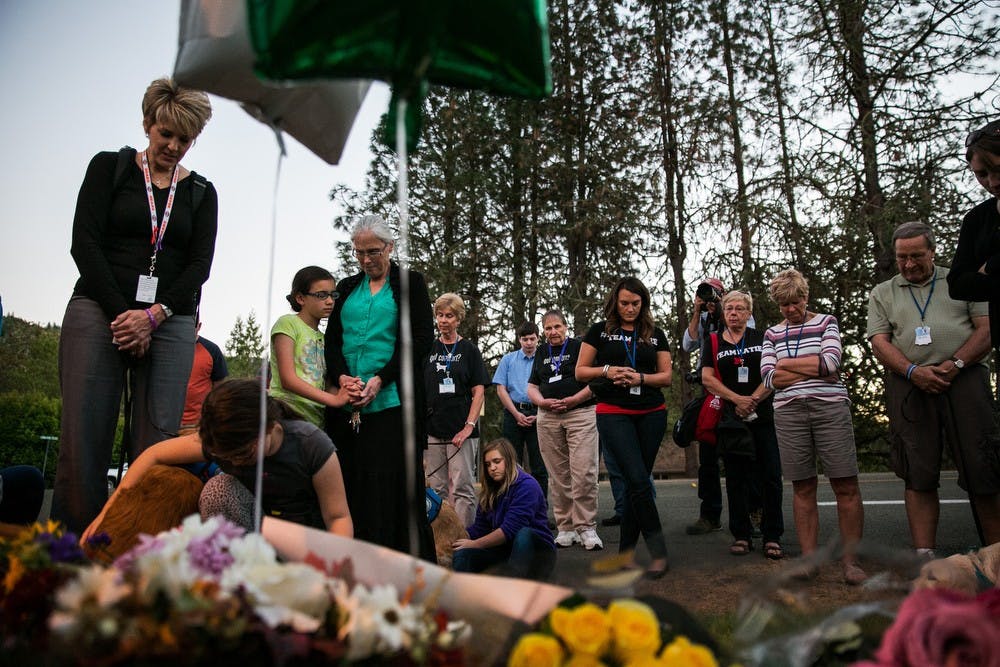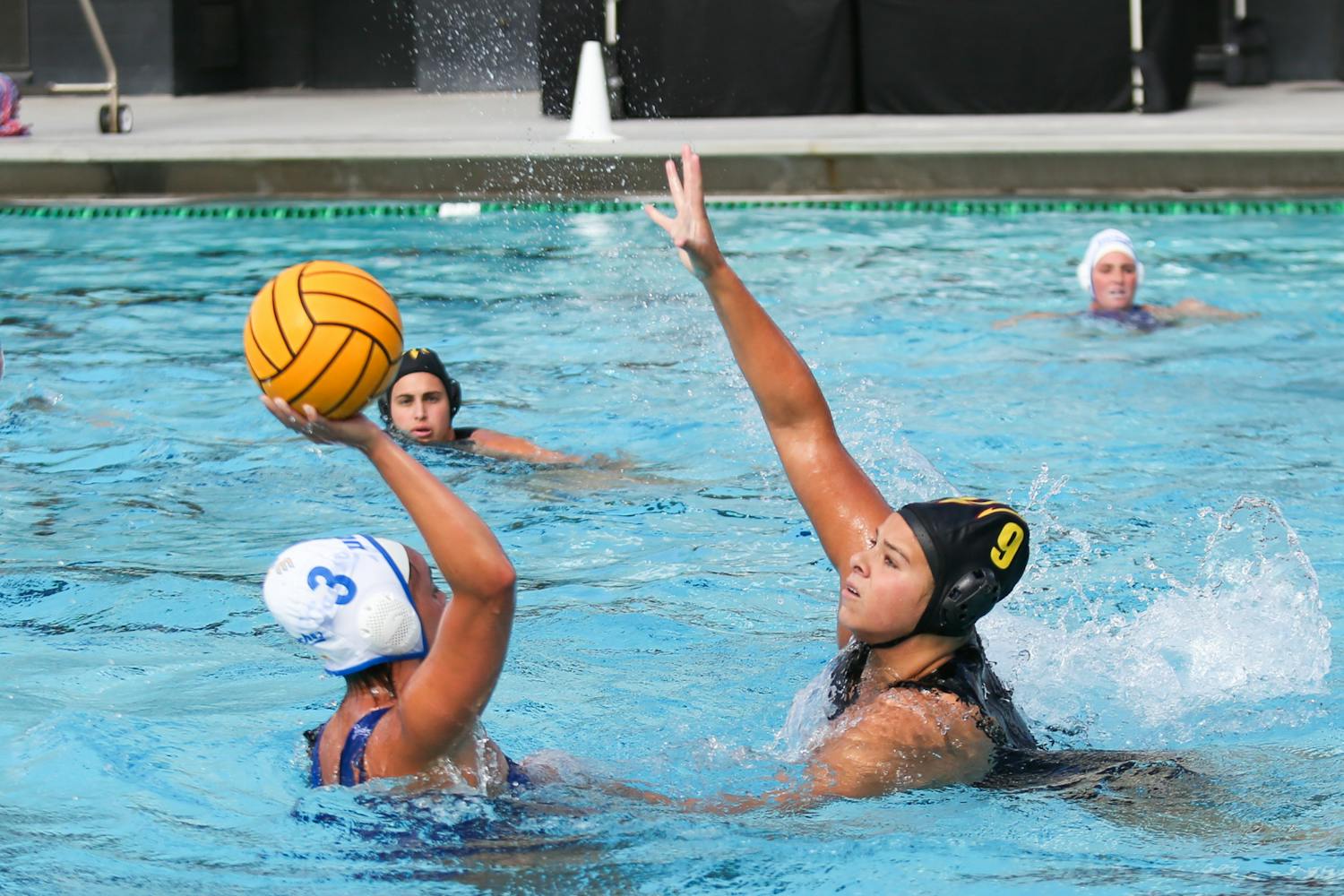Journalism and media can be powerful forces of change by influencing people’s thoughts and actions. Just as in any public display, a certain level of censorship must be maintained in the interest of ethics and for the good of the viewers.
The latest controversy in censorship has surrounded the chain of mass shootings that have occurred throughout America. Some media outlets argue, in the name of transparency, to provide unrestricted coverage of past mass shootings, while others argue that media plays a vital role in the spread of mass shooting events due to what's known as the "contagion effect."
Although there is not much peer-reviewed research about the connection of media coverage to mass shootings, there is ample evidence to conclude that America’s media must make major changes when reporting these events in order to avoid giving people reason for following suit of a criminal shooter. Not to mention, it is important to consider what role the viewer plays in this contagion effect.
One example of this evidence came out of our own university. In 2014, ASU researcher, Sherry Towers, conducted a study focused on models of contagion, or “how people are effected by ideas,” in regard to shooting events. She found that school shootings and mass shootings, in which more than four people were killed, are more likely to receive national news coverage than other mass shootings, in which less than four people were killed. She also found that this national news coverage correlated with a significant contagion effect and increased probability of a similar event occurring for the following 13 days after coverage.
One explanation for this phenomenon is the fame or recognition that media coverage gives attackers after an incident. For instance, in the case of the Oregon shooting at Umpqua Community College, the shooter expressed admiration for the Virginia Tech killer by noting, “His face splashed across every screen, his name across the lips of every person on the planet, all in the course of one day. Seems like the more people you kill, the more you're in the limelight.”
Likewise, in the Tucson rampage, the shooter foreshadowed his attack by posting, “I’ll see you on National TV!” on his MySpace page.
Besides this, ample coverage of mass killings, seeking to sensationalize the event and gain viewership, also serves to desensitize the event to viewers. Some viewers may even feel a connection to the stigmas placed on attackers, including “lone wolf” and “school shooter.” Forensic psychologist Reid Meloy wrote that all of these effects can be mitigated in simple manners such as reporting perpetrators forensically with dispassionate language, keeping perpetrators' names out of headlines, minimizing images of the perpetrator and avoiding postings of videos or manifestos of the perpetrators.
Why then do news outlets elect to carry out the opposites of these actions, including: 24-hour news coverage, widespread use of the perpetrators' images, sensational word choice, headlining the attacker and unnecessary widespread coverage? Why does the media choose to report anything in such a manner? The simple answer is viewership. Catchy headlines, juicy details and anti-heroes all entice readers and gain readership for the news outlet.
Thus, readers face the hard reality that their actions also play a role in the perpetuation of copycat attacks and parallel travesties. If we are truly committed to curtailing these events, it is up to readers to discourage the sensationalism of these events and prevent the contagion. Avoid feeding into the craving to know the nasty details of the situation. We, as a society, should not entertain such behavior or thoughts, if we ever wish to dispel this ludicrousness on an individual level.
Reach the columnist at ralydfor@asu.edu or follow @ralydford on Twitter.
Editor’s note: The opinions presented in this column are the author’s and do not imply any endorsement from The State Press or its editors.
Want to join the conversation? Send an email to opiniondesk.statepress@gmail.com. Keep letters under 300 words and be sure to include your university affiliation. Anonymity will not be granted.
Like The State Press on Facebook and follow @statepress on Twitter.




